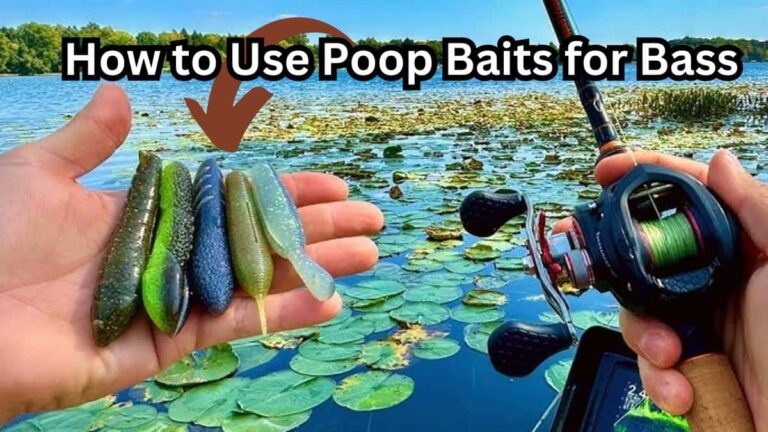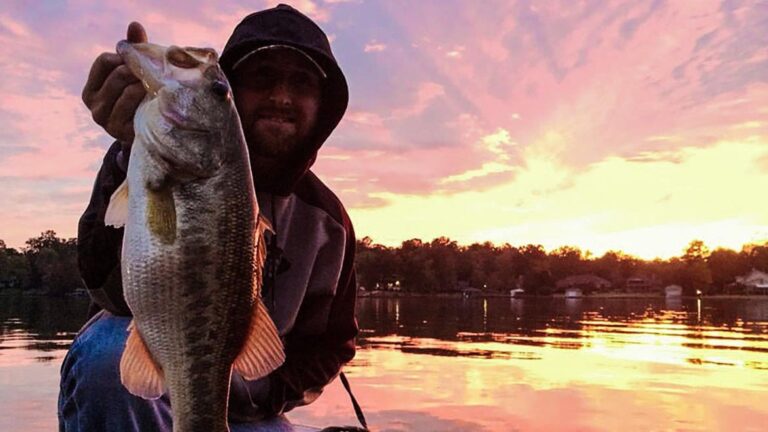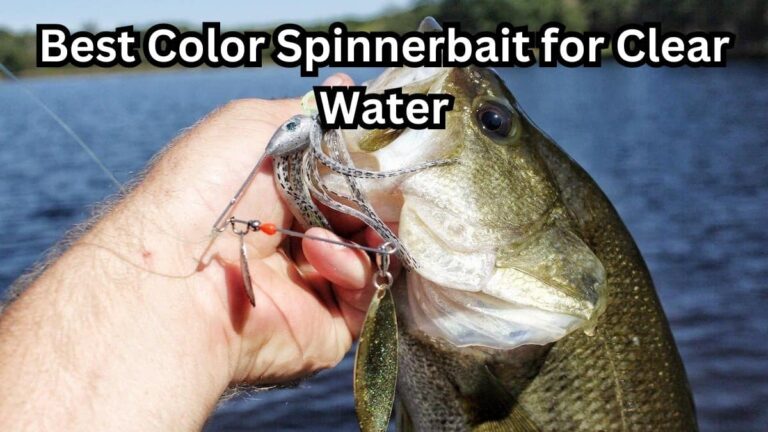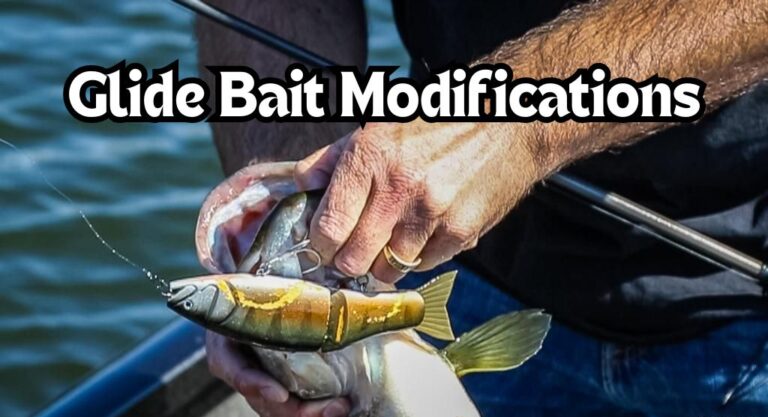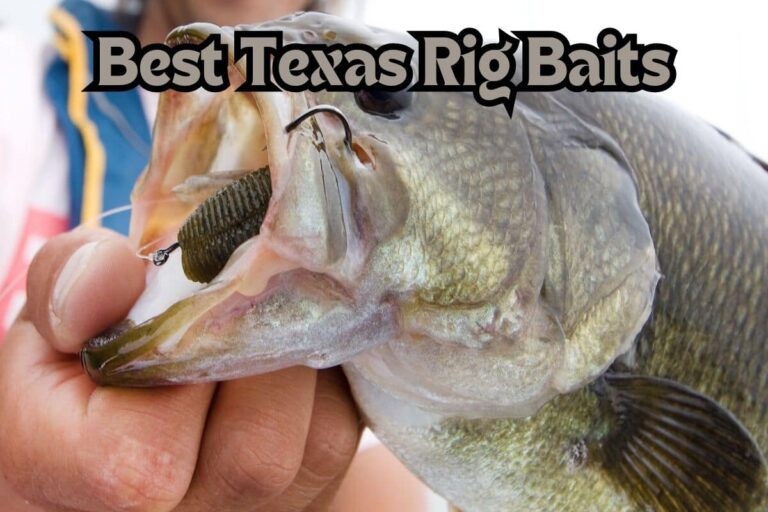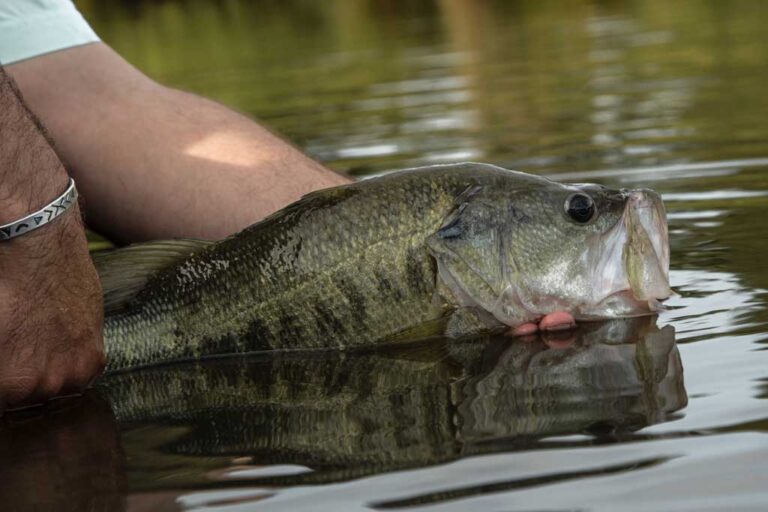5 Best Walking Baits for Bass: Topwater Walk the Dog Lures

Among the arsenal of topwater lures, walking baits stand out as champions in mimicking the vulnerable and wounded prey that bass find irresistible.
In this comprehensive guide, we delve into the world of walking baits, exploring their allure, the science behind their effectiveness, and, most importantly, the top performers that are sure to elevate your bass fishing experience.
Best Walk the Dog Lures
Each one of these lures is unique and has specific advantages. As long as you have these 5, there is no topwater fish that you can’t catch.
1. Strike King Sexy Dawg
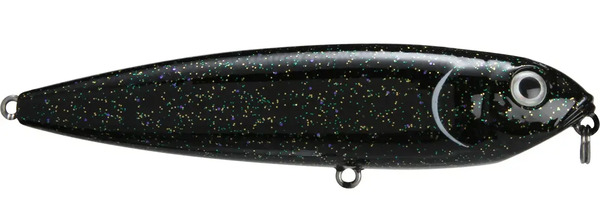
When it comes to the standard walk the dog style of lure, the Sexy Dawg is our absolute favorite.
Legendary BASS Elite Series angler Kevin VanDam designed the KVD Sexy Dawg to be a long-casting, easy-to-walk topwater lure with premium performance.
Offered in two sizes, this “walk the dog” bait boasts a unique shape and irresistible side-to-side action that triggers aggressive strikes.
Bring it to life with a steady twitch of your rod tip, causing the nose to glide smoothly from left to right.
Available in a variety of proven fish-catching colors, the Strike King KVD Sexy Dawg is built to deliver explosive topwater action—get ready for a wild ride!
2. Hollow Body Frog
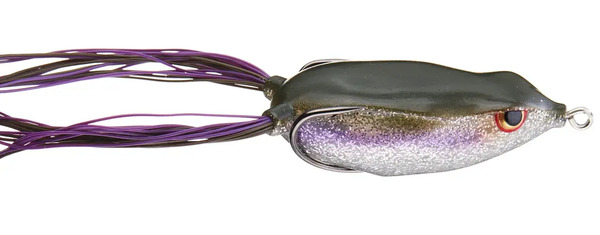
Although a soft body frog might not be the first thing that comes to mind when talking about walking baits, it truly should be.
Unless you are dragging the frog over super thick, matted vegetation, you are going to be using a walk the dog retrieve.
And although it takes a little extra practice, I actually think that a frog looks better than traditional walking baits because of the fluent action of the legs.
The biggest issue with most walking baits is that because they have multiple treble hooks, they can’t be fished around even sparse cover or vegetation.
But a frog allows you to put that incredibly enticing walk the dog action in front of bass that other lures can’t reach.
3. Popper

Poppers aren’t usually considered walking lures, but they actually walk very well. And they allow you to fish much slower compared to traditional walking baits.
I choose to walk a popper when I am fishing sparse cover. Spread out trees and weed patches create the perfect opportunity.
The popper gives off more sound than other walking baits and because it can be fished much slower, it seems to be better at drawing bass in from a long distance.
Which is necessary because it can’t cover quite as much water as faster moving baits like classic pencil baits.
I will also tie on a popper when fishing for summer smallmouth bass. There is just something about the popping sound that drives smallies crazy when the water temperatures are high.
4. Heddon Zara Spook

This is the exact lure that started the walk the dog topwater technique. The original walking bait. The Heddon Zara Spook is actually my personal favorite model of walking baits when it comes to the traditional pencil profile baits.
Part of that is probably nostalgia because when I was a little kid, I caught countless bass on some of the Heddon Spooks that my grandfather handed down to me.
But nostalgia or not, this bait is the original for a reason. It is a fantastic lure and to this day it is still the industry standard for what a walking style lure should be.
With multiple sizes and countless color options, there is a Zara Spook that will match the exact baitfish forage that the bass are feeding on in your lake.
When to Use Walking Baits?
Walking baits really shine when bass are feeding on schooling baitfish such as shad and shiner.
This typically happens during the fall and early spring months.
If you see schools of baitfish circling or feeding on the surface and bass are blowing up on them you need to tie on a walk the dog lure.
Also Read: Best Topwater Lures for Summer Bass Fishing
Gear for Fishing Walking Baits
I keep it pretty simple with my gear. I like a 7′-7’3″ medium heavy baitcaster rod and reel.
These lures have a bit of weight to them, but you still need a little bit of give in the rod tip to deal with the treble hooks.
When it comes to line, I either use straight 12-15 lb fluorocarbon line or 40 lb braid with a 12-15 lb fluorocarbon leader.
You do want a relatively fast gear ratio to to catch up with the bass that eat your lure and swim toward you. A 7.3:1 gear ration works perfect.
FAQ
Q1: Why use walking baits for bass fishing? A1: Walking baits create surface commotion that attracts bass, triggering their predatory instincts. This topwater action can be particularly effective during low light conditions, early mornings, and late evenings when bass are more active near the surface.
Q2: How do I choose the right walking bait for bass? A2: Consider the size and color of the bait based on local forage and water conditions. In clear water, natural colors like silver or white may work well, while in stained water, you might opt for darker hues. Additionally, choose a size that matches the prevalent baitfish in the area.
Q3: How should I retrieve walking baits? A3: The key to using walking baits is the “walk-the-dog” retrieve. After casting, twitch the rod tip with a rhythmic side-to-side motion, causing the bait to zig-zag on the water’s surface. Pause occasionally to mimic a wounded or struggling baitfish, enticing strikes from nearby bass.
Q4: When is the best time to fish walking baits for bass? A4: Early mornings and late evenings are prime times for topwater action, as bass tend to move closer to the surface during these periods. Overcast days or low-light conditions can also increase the effectiveness of walking baits.
Q5: What are some additional tips for success? A5: Pay attention to the weather conditions and adjust your retrieve speed accordingly. Experiment with different cadences to find what triggers bass in a specific situation. Additionally, cast near cover such as lily pads, submerged vegetation, or rocky structures where bass are likely to hide.
Q6: How do I handle strikes when fishing with walking baits? A6: When a bass strikes, resist the urge to immediately set the hook. Instead, wait until you feel the weight of the fish before setting the hook with a sharp upward motion. This helps ensure a solid hookset, increasing the chances of landing the bass.
Q7: Are there any specific techniques for fishing walking baits in clear water? A7: In clear water, use more natural colors and consider making longer casts to avoid spooking bass. A subtle, finesse presentation with a slower retrieve may be necessary to entice bites from cautious bass in clear conditions.
Reeling this In
These 5 walking baits will cover all your bases. You don’t need any other walking lure than these 5.
They will let you fish fast, slow, through weeds, over leaves, and even below the surface.
As with anything, the more you practice and experiment with these lures, the better you will become.
It doesn’t get better than topwater fishing for bass, and what better way to do than by walking the dog?

